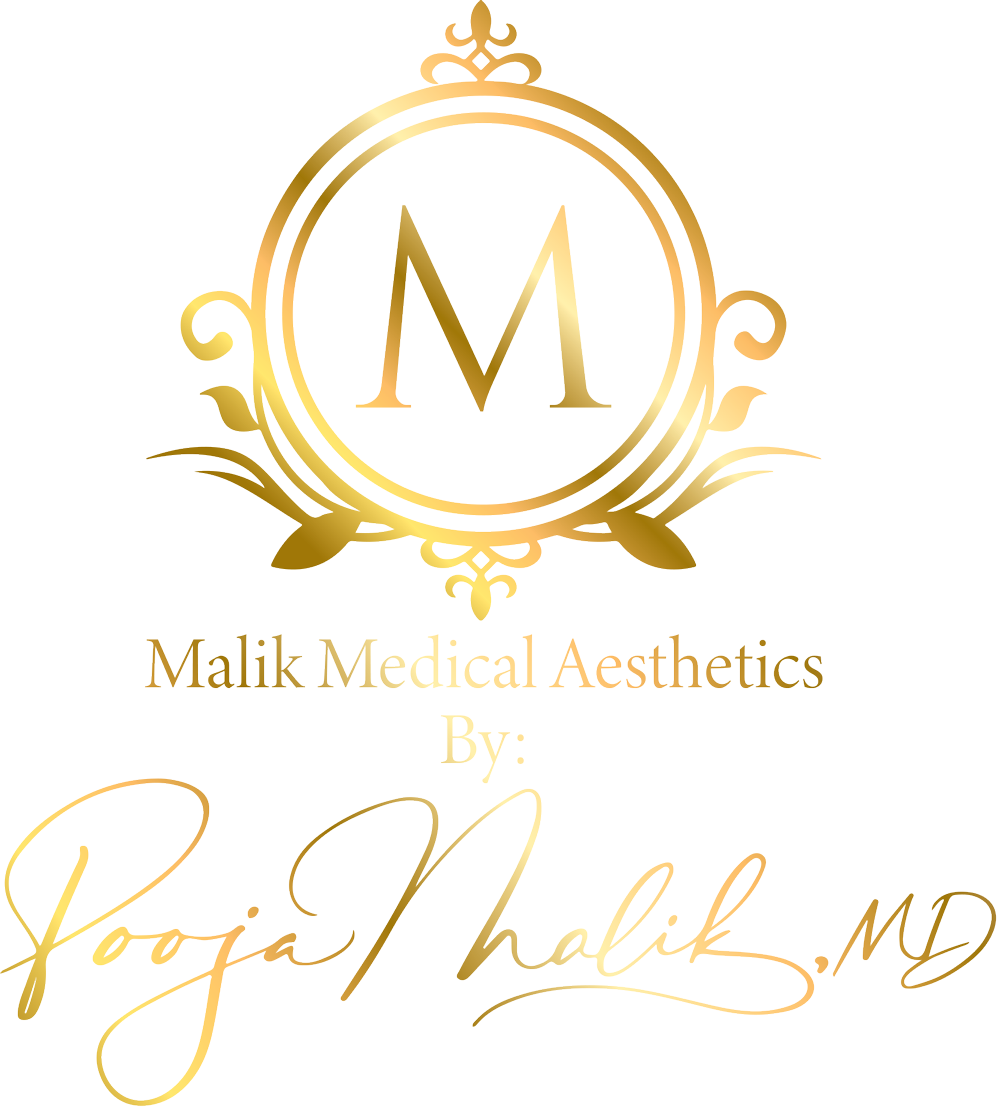 Botox is one of the world’s most popular and widely used non-surgical cosmetic treatments. Its primary purpose is to treat wrinkles, uncontrolled blinking, facial creases, and amblyopia. It has also emerged as a treatment for several medical conditions like overactive bladders, migraines, chronic headaches, lazy eyes, and self-reported depression.
Botox is one of the world’s most popular and widely used non-surgical cosmetic treatments. Its primary purpose is to treat wrinkles, uncontrolled blinking, facial creases, and amblyopia. It has also emerged as a treatment for several medical conditions like overactive bladders, migraines, chronic headaches, lazy eyes, and self-reported depression.
Botox injections also treat patients who suffer from excessive underarm sweating by calming the muscle that activates sweating glands and specific conditions related to muscular and nervous disorders. Botox is done quickly inside your doctor’s office and is relatively inexpensive.
What is Botox?
Botox is a neurotoxin protein derived from C botulinum or Clostridium botulinum. This bacterium is present and found in natural settings like forests, soil, lakes, and intestinal tracts of mammals and fish. A vial of cosmetic Botox typically contains a mixture of three main ingredients: botulinum toxin types A, albumin, and sodium chloride. The active ingredient which has the most significant effect is botulinum toxin A.
Botox is highly toxic if you are excessively exposed to it. A high concentration of Botox may result in botulism-a life-threatening condition. It would be best to get Botox treatment from a licensed, trained professional to avoid botulism. This is because they have the knowledge and expertise to know how and where to inject safely inject Botox.
How Does It Work?
For any muscle to contract, nerves release a chemical known as acetylcholine at the junction where nerve endings meet muscle cells. Acetylcholine attaches to receptors on the muscle cells and causes the cells to shorten or contract.
Botox powder is mixed with a saline solution to create an injectable medication and then injected into certain areas of the skin to weaken the muscles. Botox injections block the release of acetylcholine which stimulate muscle contractions. Preventing them from moving and making them less stiff reduces the appearance of wrinkles.
Targeted Areas for Botox Injections
The most popular areas for Botox treatment are the frown lines between your eyebrows, called glabellar lines or elevens, wrinkles around the eyes known as crow’s feet, and horizontal creases above your forehead. Other less popular areas are “smile lines” around your lips or chin area.
Types of Facial Wrinkles That Can Be Treated with Botox
There are different types of facial wrinkles caused by different factors, and they are broken down into either;
Dynamic Wrinkles
These are the facial wrinkles caused by muscle movements when you smile, laugh, concentrate or squint. The most common dynamic wrinkles are;
- Moderate to severe crow’s feet around the eyes, which are fine lines that appear next to your eyes when you squint or smile.
- Moderate or severe frown lines that appear between your eyebrows, also called glabellar lines or elevens, when you concentrate or frown.
- Moderate to severe forehead lines that appear on your forehead when your skin furrows and folds while raising your eyebrows.
- Lines at the corners of your mouth
- ‘Cobblestone’ skin on the chin
Static Wrinkles
When you are young, your skin appears taut, elastic, hydrated, supple, and smooth. This is because your skin has a lot of specific components called elastin and collagen. But due to factors like sun exposure, age, and environmental pollutants, our skin is increasingly stripped and unable to produce this natural collagen and elastin. The lack of these vital skin components gradually leads to static wrinkles, such as the fine lines on the corners of the mouth, cheeks, and nasolabial folds. Botox injections can reduce the appearance of these types of wrinkles.
Combining Botox with Other Skin Treatments
Botox may be combined with other skin rejuvenation treatments to produce various desirable cosmetic results. Such treatments include:
PRP (Platelet-rich plasma) or PRFM (Platelet-rich Fibrin Matrix)
- Facials
- Microdermabrasion
- Dermal fillers
- Chemical peels
- Laser and Intense Pulse Light (IPL)
These treatments can’t be administered on the same day. Talk to your provider to make necessary arrangements for the additional treatments.
Preparing for Botox
You may not require any medications before you go for treatment but ask your doctor about any other supplements or medications you are taking. Your provider will clean your skin before the injections, but you are advised to show up for your appointment make-up free.
Procedure for Botox
You will have an initial consultation with your provider before the actual treatment to ascertain your expectations and enquire about side effects and complications.
At the treatment appointment, you’ll lie down and be instructed to relax. You may be asked to make certain facial expressions, such as raising or furrowing your eyebrows. This helps your provider to see and aim the injection perfectly in your facial muscles and fine lines.
The injection may be mildly painful, and you are more likely to get more than one shot. After the injections, you may notice bumps at the site of the injections. The bumps at the treatment sites begin to subside in about half an hour. You will need to keep your face upright for at least four hours to allow the injections to set. Exercising is strongly discouraged after treatment. You should also avoid saunas, sunbeds, sunbathing, and tanning for 48 hours. Rubbing or putting pressure on the treatment areas is discouraged for at least 12 hours.
What to Expect
Changes are not immediate; it takes 24-72 hours for the Botox to take full effect, and you will start to notice that your wrinkles and fine lines are less prominent, and your muscles are firmer and tighter.
The effects may last 3-12 months. Botox treatments are not permanent. You should wait at least three months before having touch-up treatments. If you have too many injections, they might stop working.
Unsuitable Candidates for Botox Injections
Botox is not recommended if you are:
- Pregnant or breastfeeding
- Have a neuromuscular condition like myasthenia gravis
- Have a skin infection or an infection at the injection site
- Allergic to Botox or have a sensitivity
- If you are not in good medical condition or unwell
- Have weakness in the facial muscles
Possible Side Effects of Botox
Side effects after Botox injections are rare. However, depending on a person’s response and reason for choosing the Botox injections, some undesirable effects might occur. These may include:
- Redness, swelling, and bruising in the treatment areas
- Flu-like symptoms and a headache for 24 hours after treatment
- Droopiness and temporal weakness in your face
- Neck pain
- Irritation in the eyes or redness
- Indigestion or upset stomach
- Some people may have a frozen look if too much Botox is injected and be unable to move facial muscles
Seek the services of a licensed and board-certified practitioner for the best results. For more information please contact Malik Medical Aesthetics & Wellness.

